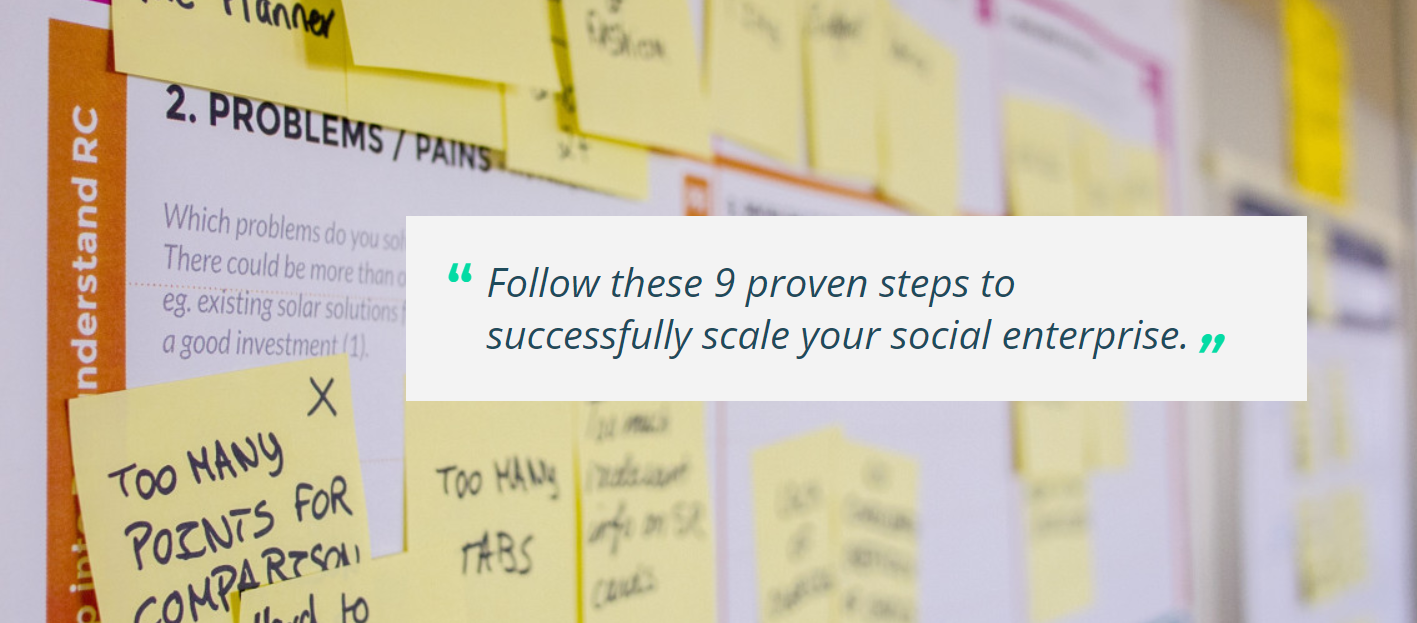In the past most startups occurred because a new technology had come along that would provide solution to a problem that could not be solved previously. (As an example, an unmet need was the pain of creating and editing documents. The solution was word processing, and the technological trigger that made this possible was the availability of low cost personal computers.)
The business model innovations fall into two categories:
Brand new business models being created because of the Web which don’t resemble any previous businesses. Examples of these would be companies like Google, PayPal, Gilt, OpenTable, SurveyMonkey, Second Life, eLance, 99Designs, etc. These businesses leverage the incredible power of the web to acquire customers at a low cost, with interesting new ways of monetization.
Areas where there were already existing businesses, where new business models are disrupting the landscape. Examples of this are eCommerce (Amazon disrupting bricks and mortar retailers), Open Source (e.g. JBoss disrupting an existing market dominated by BEA WebLogic and IBM WebSphere), and SaaS (e.g. Salesforce.com disrupting a market dominated by Siebel and others).
The purpose of this section is to look at the variety of new business models that are being developed, as this appears to be the area of innovation that is leading to some of the most exciting startups.
In many situations a business model breakthrough will have been created by one company and applied to a single area, and there will still exist considerable opportunity for that same business model innovation to be applied to other areas. As an example, Salesforce.com pioneered the SaaS business model, but only applied it to CRM. There are now many other application areas where the SaaS business model could be applied to create new businesses.
Business Model Failure
It is also useful for entrepreneurs to understand what business models are not working well, or are less attractive, so they can avoid those.
After my exposure to literally several hundreds of startups, I have begun to realize that one of the most common causes of failure in the startup world is that entrepreneurs are too optimistic about how easy it will be to acquire customers. They assume that because they will build an interesting web site, product, or service, that customers will beat a path to their door. That may happen with the first few customers, but after that, it rapidly becomes an expensive task to attract and win customers, and in many cases the cost of acquiring the customer (CAC) is actually higher than the lifetime value of that customer (LTV).
The observation that you have to be able to acquire your customers for less money than they will generate in value of the lifetime of your relationship with them is stunningly obvious. Yet despite that, I see the vast majority of entrepreneurs failing to pay adequate attention to figuring out a realistic cost of customer acquisition. A very large number of the business plans that I see as a venture capitalist have no thought given to this critical number, and as I work through the topic with the entrepreneur, they often begin to realize that their business model may not work because CAC will be greater than LTV.
Also if you would like to have a capital efficient business, I believe you will find that it is important to recover the cost of acquiring your customers in under 12 months. Wireless carriers and banks break this rule, but they have the luxury of access to cheap capital.
The Essence of a Business Model
A simple way to focus on what matters in the vast majority of business models is look at these two questions:
Can you find a scalable way to acquire customers?
Can you then monetize those customers at a significantly higher level than your cost of acquisition?
There are some businesses such as marketplaces where there are additional components to take into consideration. However thinking about things in such simple terms can be very helpful.

It is also very useful to look at some of the factors that can help drive the balance of the model:

By David Skok















Leave A Comment